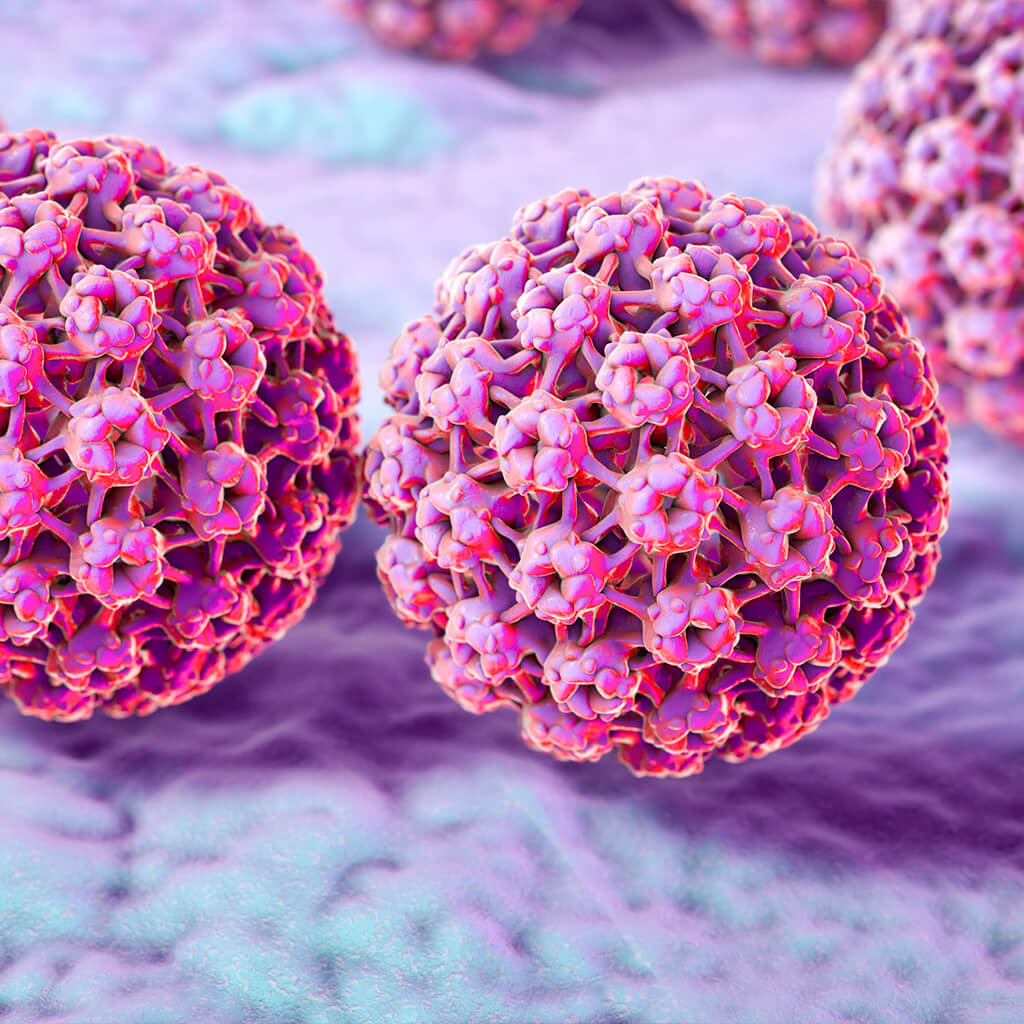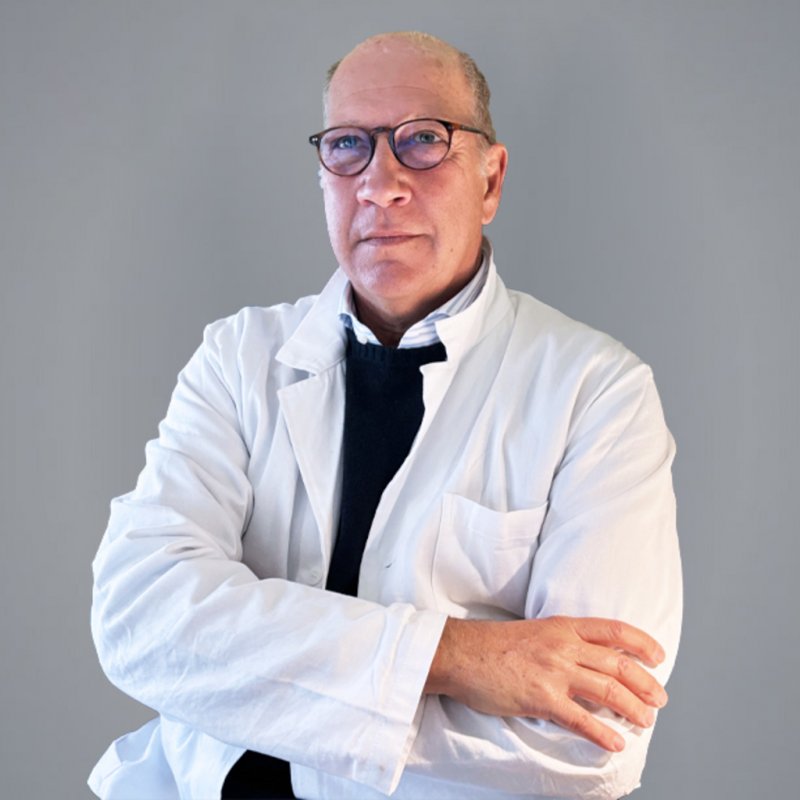Papilloma virus: what is it and how it can be treated

Publication date: 23-08-2021
Updated on: 16-05-2025
Topic: Gynaecology
Estimated reading time: 1 min
Article Author
Carolina CappelloMedical Editor
Massimo Origoni
Medical Editor
Massimo Candiani
Editor and Translator
Viktoryia LuhakovaHPV infection could cause cervical cancer. Expert explains how to cure it and how to prevent it with the vaccine
HPV (Human Papilloma Virus) is not a single virus, but is a large family consisting of about 200 different strains of viruses that infect humans.
HPV infection is very common and affects both males and females. Let's find out more about this pathology and its prevention together with Professor Massimo Origoni, Coordinator of the Educational and Training Clinical Activity of the Maternal and Infantile Department and Head of the Diagnostic Center of Gynecologic Oncology at the San Raffaele Research Hospital.
What is HPV?
HPV infection is the most common sexually transmitted infection in developed countries. To date, it is the only infection recognized as a necessary cause for the onset of cervical cancer.
HPV is also involved in the pathogenesis of other cancers:
- genitals (both male and female);
- extragenital (oral cavity, pharynx and larynx).
“It should be noted, however, that although HPV is related to the onset of these neoplasms, only in a few cases (about 1%) the infection can progress into tumor. However, doctors and patients should pay high attention to this pathology”, says Professor Massimo Origoni.
Symptoms
In most cases, HPV infection is transient and asymptomatic. However, in some cases and in relation to the specific type of HPV, the following may appear:
- benign lesions of the skin and mucous membranes (i.e. warts on the genitals, face, hands and feet);
- warts (growths) or papillomas in the genital and oral mucosa.
This can result in:
- itch;
- mild pain;
- nuisance.
We must pay attention to these symptoms and consider that transmission and contagion occurs by contact.
Cure
Depending on the location and extent of the lesions in the individual patient, the following can be used:
- topical pharmacological approach: specific cream acts both by physically destroying the lesion and by activating the local immune system;
- surgical approach for the physical removal of growths.
Surgical intervention
“The surgical removal methods, in a broad sense contemplate different techniques:
- electrocoagulation;
- cryotherapy;
- CO2 laser”.
Prevention
Cervical cancer screening is performed by a pap test and a viral DNA test (HPV-DNA test), which are essential and effective for early diagnosis. At the same time, vaccination is the only solution to prevent contagion with HPV and consequently the onset of the lesions it is responsible for (both benign, such as warts, and potentially cancerous lesions).
“It has been shown, in fact, that a widespread and adequate vaccination of around 90% of target population, is able to eliminate cervical cancer.
In Australia, for example, where vaccination has reached this level of coverage in general population, cervical cancer is expected to disappear by 2030, while genital warts have almost disappeared in adolescent boys and girls.
Furthermore, adequate adherence to vaccination will also allow disappearance of all other HPV-related cancers”, says Origoni.
HPV vaccine
Since 2008 there has been vaccines’ approval for the primary prevention of HPV infection and their introduction in Italy into current vaccination practices.
Vaccination is strongly recommended and free for children under 12 in both sexes. Recent data shown that the benefit of vaccination also extends to adult age groups, up to 45 years and older.
“Vaccination has been proved to be safe and effective in case of contact with the HPV virus for:
- strengthen the immune system in eliminating it;
- after surgical treatment for both benign (condylomatosis) and preneoplastic (dysplasia, high grade CIN) genital lesions”.
San Raffaele’s HPV vaccination center
The most recent vaccine on the market Nonavalent (Gardasil 9®) is available in the HPV Vaccination Center at the San Raffaele Research Hospital.
“This is the most complete formula, which protects against 9 HPV strains, unlike the previous quadrivalent vaccine (Gardasil 4®).
In fact, in addition to types 16, 18, 6 and 11, it protects against the infection of an additional five high-risk viral strains, 31, 33, 45, 52, 58, reducing the neoplastic risk by further 10-15%”, explains Professor Origoni.
For those who for some reason have not been included in the free vaccination for 9-12 y.o., there is a possibility to get a vaccine at a reduced cost compared to the individual purchase.
This possibility is open for males and females up to the age of 45. The cost of each dose is 158 euro.
Vaccination protocol includes:
- 3 administrations during 6 months for subjects over the age of 14;
- 2 administrations at a distance of 2 months for subjects within the age of 14.